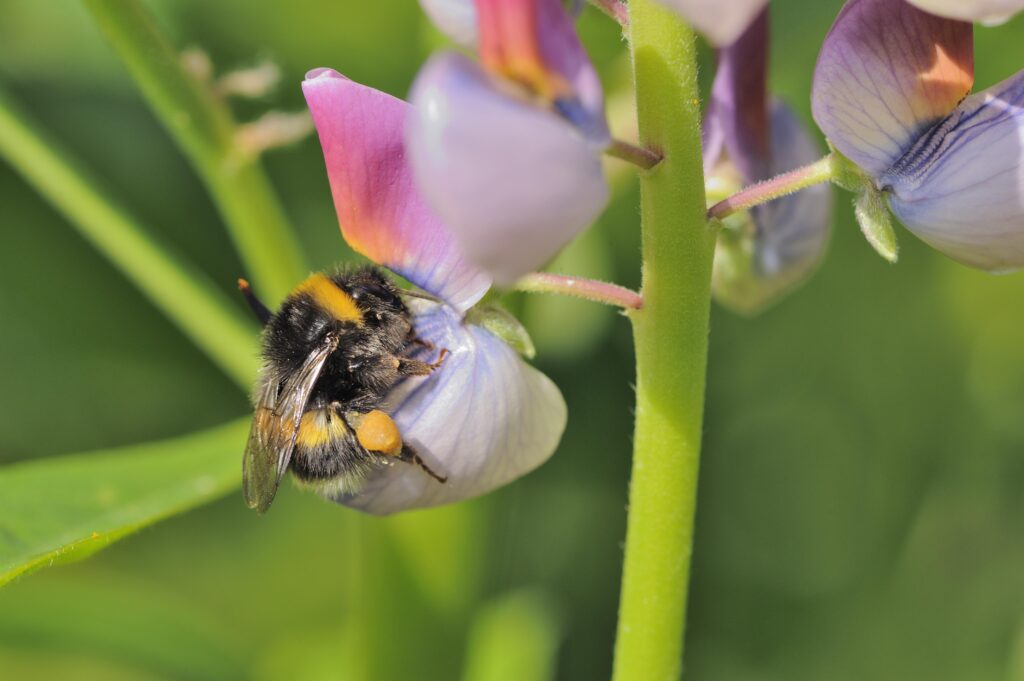A NUMBER of projects to help pollinators are taking place across Scotland to tackle biodiversity loss and the nature crisis, a new NatureScot report reveals.
The Pollinator Strategy 2022 Progress Report highlights the work of organisations coming together across the country.
They create wildflower meadows, connect habitats, and gather evidence on how climate change is affecting pollinators.
This fifth report details the progress made by a range of groups and individuals in order to make Scotland a place where pollinators thrive.

Pollinator-friendly practices have been on the increase, with impactful projects such as the Irvine to Girvan Nectar Network establishing a Scottish Wildlife Trust-led partnership.
The project builds connected habitat networks for wild pollinators and increases the resilience of local pollinator populations.
It saw trials of green hay to make large meadows, the launch of the Ayrshire Wild Apple Tree Pollinator Project and the sowing of kidney vetch at seven sites.
All the new meadow managers have committed to care for them into the future.
Pollinators Along the Tweed is an ambitious project which aims to create, restore and enhance up to 40 hectares of wildflower-rich habitat across 50 sites over five years.
It is led by a group of funders including NatureScot.
The past year also saw a commitment from Stirling Council to consult on a local pollinator action plan – following similar ambitions from Aberdeen, Falkirk and Glasgow councils.
The council has a target of managing 50% of its open space for biodiversity.
As Scotland races to halt biodiversity loss by 2030, such projects will be crucial to help pollinators thrive by reducing areas of intensively managed grass.
Throughout 2022, the Pollinator Monitoring Research Partnership gathered valuable data from both 1km square surveys and Flower-Insect-Timed Count (FIT-Count) exercises.
The new app, to enable FIT-Count reporting to be carried out digitally, proved extremely popular as was the presence of a revamped UK Pollinator Monitoring Scheme website.
The importance of gathering evidence of change in populations of pollinating insects is vital to Scotland’s ambition to halt biodiversity loss by 2030 and restore nature by 2045.
This will be the focus of this year’s Scottish Pollinators Conference on the 15th of June.
NatureScot Pollinator Strategy Manager Jim Jeffrey said “Collaboration lies at the heart of the Pollinator Strategy for Scotland.
“We are fortunate that across Scotland a range of inspirational partners continue to help achieve a better environment for pollinators.
“Projects such as the ambitious Irvine to Girvan Nectar Network and Glasgow Pollinator Plan show an increasing emphasis on creating and managing habitat for pollinators.
“Our hope is that this will encourage even more people to engage in work to help pollinators under Scotland’s Pollinator Strategy.”

